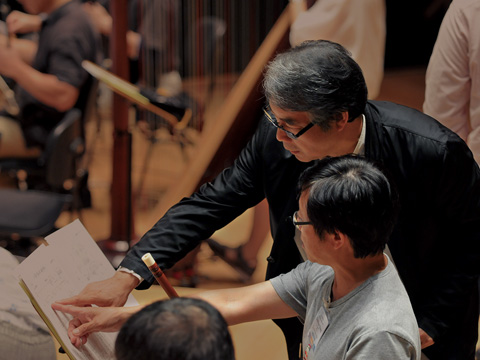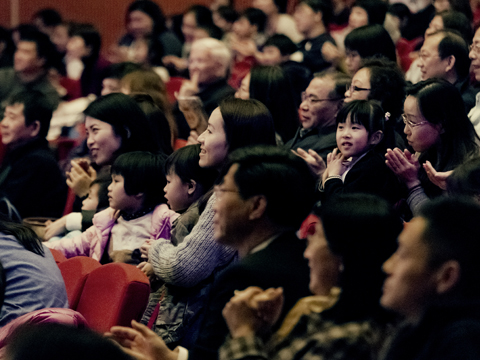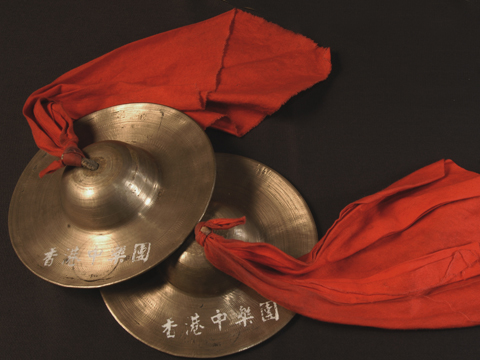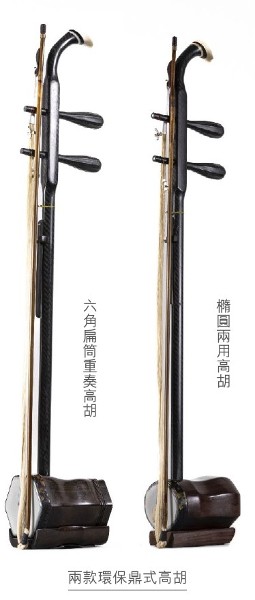
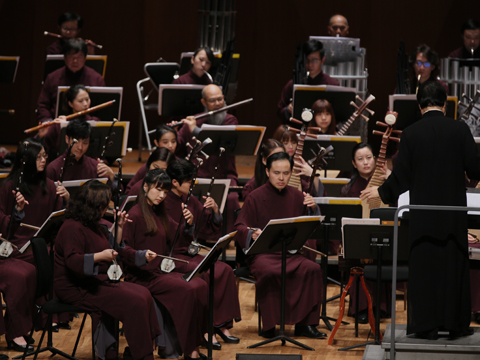
HKCO
Hong Kong Chinese Orchestra Environmental, Social and Governance Artistic Director and Principal Conductor for Life Orchestra Members Council Advisors & Artistic Advisors Council Members Management Team Vacancy Contact Us (Tel: 3185 1600)

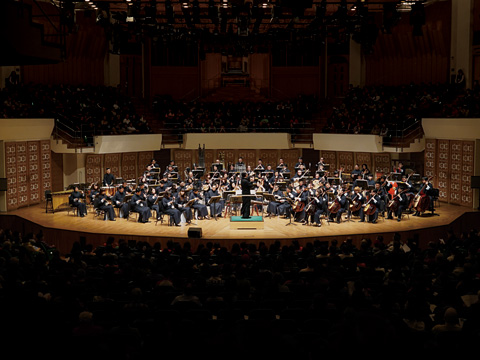
Concerts

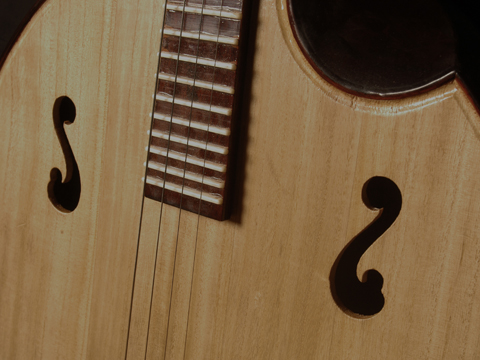
Education
The HKCO Orchestral Academy Hong Kong Youth Zheng Ensemble Hong Kong Young Chinese Orchestra Music Courses Chinese Music Conducting 賽馬會中國音樂教育及推廣計劃 Chinese Music Talent Training Scheme HKJC Chinese Music 360 The International Drum Graded Exam

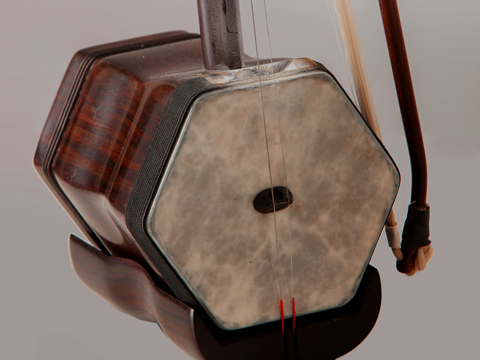
Instrument R&D
Eco-Huqins Chinese Instruments Standard Orchestra Instrument Range Chart and Page Format of the Full Score Configuration of the Orchestra
Instrument R&D
Instrument R&D
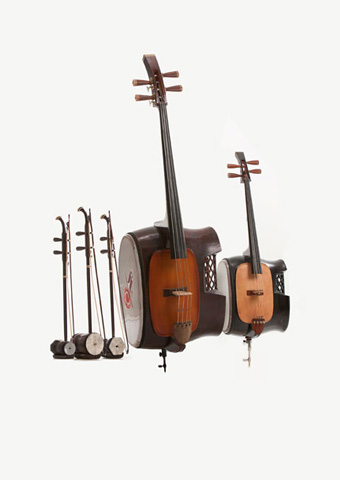
Eco-Huqins
Ding-style Eco-Gaohu Invention has granted theutility model patent from the China NationalIntellectual Property Administration (2/2/2024)
The HKCO Eco-Huqin Series With performances over the 1700 historical mark
Recipient of the '4th Ministry of Culture Innovation Award' of the People's Republic of China (2012)
Ding-style Eco-Gaohu Invention has granted the utility model patent from the China National Intellectual Property Administration (2024)
The 'Eco-Huqin Series' has set a new Sustainable Development Goals World Record (SDGs World Record) for the highest cumulative number of participant experiences. (2025)
The HKCO Eco-Huqin Series
With performances over the 1700 historical mark
Ding-style Eco-Gaohu Invention has granted the utility model patent
from the China National Intellectual Property Administration
The design encapsulates a three-pronged motive, which is to address environmental concerns, uphold a musical heritage and break new ground. The engineering process involved selecting, through shortlisting, a range of renewable PET membranes to replace the python skin that was used for the original, older model in order to meet the primary goal of environmental protection, and redesigning the sound box through a scientific method of calibration to greatly enhance the physical functions of the instruments.
In remodelling the gaohu, erhu and zhonghu, the main emphasis is on the expansion of their physical capabilities while preserving their traditional timbre and mode of performance. As for the gehu and the bass gehu, it is to re-create bowed ethnic instruments suitable for use in a modern Chinese orchestra in order to achieve an overall orchestral sound. The entire set of vibrating membrane string instruments has a range of six octaves that blend well with each other, while the volume is larger by one-third when compared with the traditional model. The result is an unprecedented breakthrough in the overall orchestral voice, in terms of nuances, texture, body, depth and volume. It has the typical tonal appeal of the Chinese huqin and at the same time serves the symphonic functions as expected of an orchestra, with enhanced expressiveness and compelling qualities that open up
new dimensions for Chinese music on the whole.
The research and development process of the first generation of Eco-Huqins began in 2005 and achieved preliminary success in 2009. It was followed by the completion of the second generation in 2014, then moving on to the third in 2019. By now, the Eco-Huqins have been heard in almost 1700 performances. The research and development processes of the three generations of Eco-Huqins have been geared around the Artistic Director’s macro vision for the Orchestra. By reforming the functions of the instruments, musical expressiveness is expanded and performing standards enhanced. The three aspects generate cyclical,
reciprocating effects which lead to fundamental changes in the Orchestra’s timbral quality, and escalate it to a higher level in every way. The structural changes of the Eco-Huqins and breakthroughs start with inspirations gleaned from on-site observations of performances, designing and experimenting at the HKCO’s R&D Department, repeated empirical testing on the concert stage,
adjusting, formulating and assessments by the Artistic Team before the Artistic Director put his stamp of approval of incorporating these instruments into the configuration of the orchestra. This stringent process ensures that the three generations of Eco-Huqins are scientifically and pragmatically viable.
Yuen Shi Chun
Research Fellow, Research and Development Department
Research & Development Officer (Musical Instruments)
8 March, 2024
The HKCO Eco-Huqin Series Now into the 3rd Generation - Seven-year consecutive awardee, with performances close to the 1500 historical mark
The Eco-Huqin Series is a system of reformed (or remodelled) musical instruments developed by the Hong Kong Chinese Orchestra motivated by the need to create a new orchestral voice. The design encapsulates a three-pronged motive, which is to address environmental concerns, uphold a musical heritage and break new ground.The engineering process involved selecting, through shortlisting, a range of renewable PET membranes to replace the python skin that was used for the original, older model in order to meet the primary goal of environmental protection, and redesigning the sound box through a scientific method of calibration to greatly enhance the physical functions of the instruments.
In remodelling the gaohu, erhu and zhonghu, the main emphasis is on the expansion of their physical capabilities while preserving their traditional timbre and mode of performance. As for the gehu and the bass gehu, it is tore-create bowed ethnic instruments suitable for use in a modern Chinese orchestra in order to achieve an overall orchestral sound. The entire set of vibrating membrane string instruments has a range of six octaves that blendwell with each other, while the volume is larger by one-third when compared with the traditional model. The resultis an unprecedented breakthrough in the overall orchestral voice, in terms of nuances, texture, body, depth andvolume. It has the typical tonal appeal of the Chinese huqin and at the same time serves the symphonic functions as expected of an orchestra, with enhanced expressiveness and compelling qualities that open up new dimensions for Chinese music on the whole.
The research and development process of the first generation of Eco-Huqins began in 2005 and achieved preliminary success in 2009. It was followed by the completion of the second generation in 2014, then movingon to the third in 2019. By now, the Eco-Huqins have been heard in almost 1500 performances. The research anddevelopment processes of the three generations of Eco-Huqins have been geared around the Artistic Director’smacro vision for the Orchestra. By reforming the functions of the instruments, musical expressiveness is expandedand performing standards enhanced. The three aspects generate cyclical, reciprocating effects which lead tofundamental changes in the Orchestra’s timbral quality, and escalate it to a higher level in everyway. The structural changes of the Eco-Huqins and breakthroughs start with inspirationsgleaned from on-site observations of performances, designing and experimenting at the HKCO’s R&D Department, repeated empirical testing on the concert stage, adjusting, formulating and assessments by the Artistic Team before the Artistic Director puthis stamp of approval of incorporating these instruments into the configuration ofthe orchestra. This stringent process ensures that the three generations of Eco-Huqins are scientifically and pragmatically viable.
We see a very complex situation in the last three years, under the guidanceof the two directors, the development and promotion of Eco-Huqins reacheda higher ground through internet. New products such as the third-generation ‘Eco-Gaohu with a round resonator and a dragon head’ (2020) and thethird-generation ‘Dual-tone Gaohu’ (2022) showcased online. It is our responsibility to keep in line with the trend of environmental protection in the Greater Bay Area and the world, to achieve a win-win situation of environmental protection and art, and also keep inheriting the culture andart of traditional Chinese music. As in the Analects says “A Gentleman must be strong and resolute, for his burden is heavy and the road is long.”
Yuen Shi Chun
Research Fellow, Research and Development Department
Research & Development Officer (Musical Instruments)
9 September, 2022
The Latest Achievement in Instrumental Reform
Announcing the debut of the second-generation Eco-Gaohu (Cantonese style) with a round resonator and the tip of the neck carved with a dragon head
The first generation Eco-Gaohu with a round resonator and a dragon head was the first ever instrument of the Eco-Huqin series remodeled by the Hong Kong Chinese Orchestra. It made its debut at an HKCO concert at the Hong Kong Cultural Centre in October 2005, in a solo performance by Maestro Yu Qiwei, marking the birth of the instrumental reform initiative of the Orchestra.
The Hexagonal ‘Flattened-tube’ Gaohu in the HKCO Eco-Huqin Series
Background
In 2014, when the second generation of the HKCO Eco-Huqin Series (Eco-Huqin 2) fully replaced the traditional huqins in the Hong Kong Chinese Orchestra, innovative programming with new compositions and arrangements was launched in tandem. Examples included a concert featuring bass string instruments, ‘Fusion – A Gehu Ensemble Concert’, and another, featuring a string quartet, ‘String Stories I’. Unlike the acoustical configuration of a section in a full-size orchestra, the instrumentation for ensemble groups deployed one piece for one voice, and thus a new frontier in music was formed. It was a daunting challenge to the composers, arrangers, players as well as the instruments’ deliverables per se. The new compositions for ensemble were chosen for their complexity in musical structure, distinct contrastive acoustic variations, great virtuosity in playing, and absolute precision in transition between instruments to maintain the same volume. All these were necessary to achieve balance and harmony for ensemble effect. In order to foray into new musical realms and maintain a highly competitive edge, the five groups in HKCO’s string section formed, out of their own accord, eight ensembles of various combinations, and started practicing feverishly. After I heard their rehearsals for over a hundred times, I arrived at the following conclusion: our string instruments are in the membrano-chordophone* system, and have their own attributes and therefore, limitations. With the ensemble repertoire, there is an even more stringent demand for high quality production of sounds and consummate techniques. Therefore, string instruments for ensemble playing have to be continually improved, or continue to achieve breakthroughs in order to achieve higher levels. With this as goal, I spent three years experimenting until I finally developed the ‘hexagonal flattened-tube gaohu’, coded ‘HKCO 3 Gaohu’.Characteristics of the new product
The ‘hexagonal flattened-tube gaohu’ is designed as a resolution to timbral transitions. The front of the sound box, which is PET mounted, is in a flattened hexagonal shape, while the back with latticed openings is in the regular hexagonal shape. The volume inside is similar to that of the Eco-Gaohu. Such a structural design is able to achieve a tone colour that is somewhere between the Eco-Erhu and the Eco-Gaohu, but still closer to the erhu
except that it is an extension of the higher register of the latter. As a result, this new gaohu can ‘bridge’ with the erhu smoothly and naturally, without any jarring effect. In terms of range and tuning, it is similar to the Eco-Gaohu, but in terms of playing techniques and actual touch, it is closer to the Eco-Erhu. When it is added to the erhu, zhonghu and gehu to form a quartet, there is better acoustic harmony. As a regular feature in an ensemble, this new member blends well with the Eco-Huqin family and enhances its depth, robustness, volume, integration, solidness and range in overall terms.
* Eco-Huqin series uses a skin as mount, hence the term ‘membrano-chordophone’.
Yuen Shi Chun
Research Fellow, Research and Development Department
Research & Development Officer (Musical Instrument)
27 February, 2018
New concepts, new instruments, a new level and a new realm
In remodelling the gaohu, erhu and zhonghu, the main emphasis is on the expansion of their physical capabilities while preserving their traditional timbre and mode of performance. As for the gehu and the bass gehu, it is to re-create bowed ethnic instruments suitable for use in a modern Chinese orchestra in order to achieve an overall orchestral sound. The entire set of vibrating membrane string instruments has a range of six octaves that blend well with each other, while the volume is larger by one-third when compared with the traditional model. The result is an unprecedented breakthrough in the overall orchestral voice, in terms of nuances, texture, body, depth and volume. It has the typical tonal appeal of the Chinese huqin yet with enriched expressiveness and compelling qualities. The result is the opening up of new dimensions for Chinese music on the whole.
Although we see the success of the reform project so far, we must bear in mind that the road to final fruition is still long. As the Book of Changes famously states, ‘Just as the heavens have their ways of self-rejuvenation, the superior man ought never to rest in his self-improvement.’ We shall continue to work towards our goal.
Yuen Shi Chun
Research Fellow, Research and Development Department
Research & Development Officer (Musical Instruments)
Hong Kong Chinese Orchestra
6 May, 2014
For more information, please contact us at (852) 3185 1600 or inquires@hkco.org
Your Support
Friends of HKCO
Copyright © 2025 HKCO
